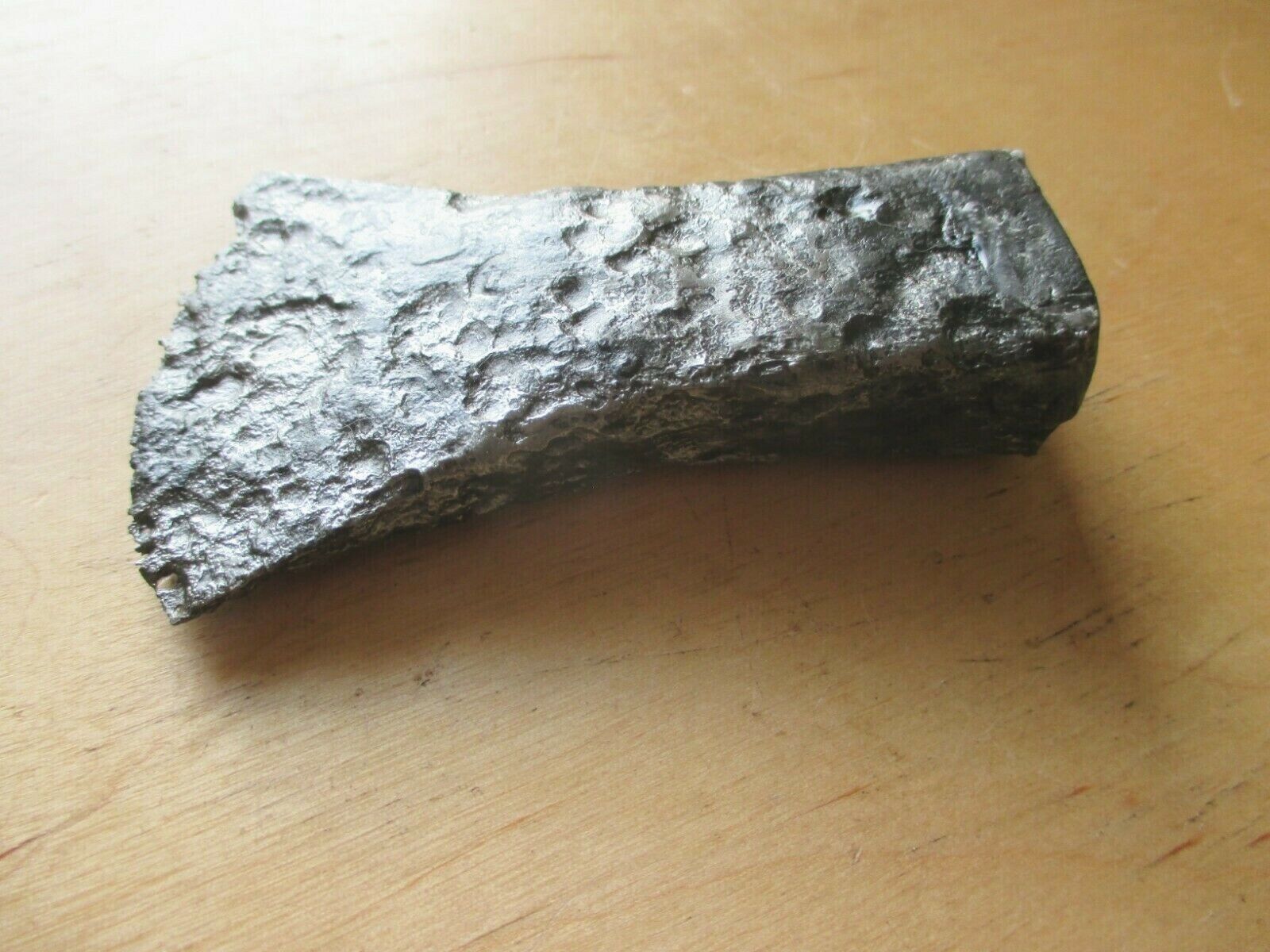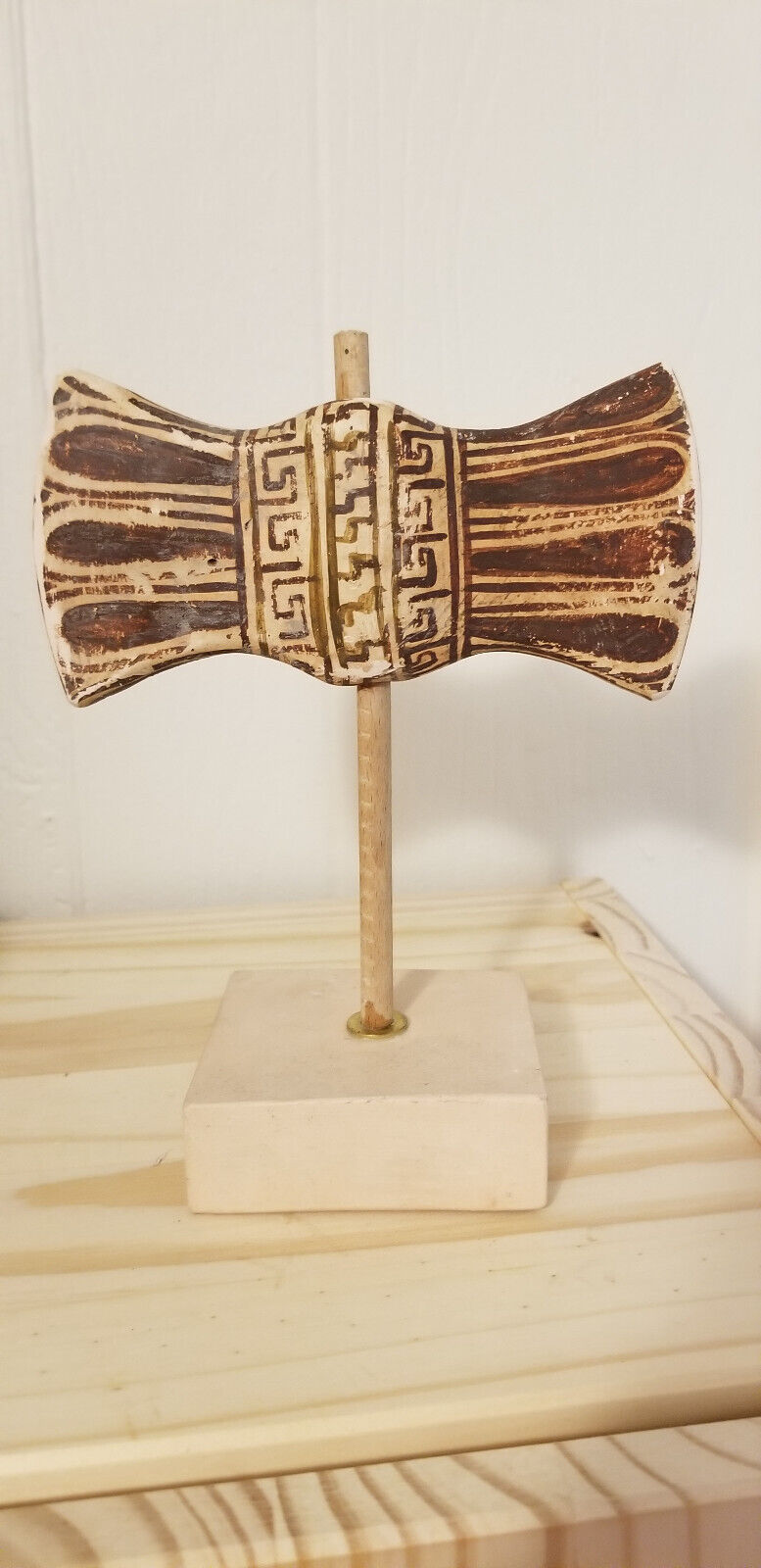-40%
Unique Ancient Medieval Battle Axe
$ 20.59
- Description
- Size Guide
Description
Unique Ancient Medieval Battle AxeWeight 897 grams ( 1,97 lb )
Condition: Please Look at the Photos!
Material: Iron
100% authentic artifact
Lots combine
By buying several lots you save on delivery
Track Page Views With
Auctiva's FREE Counter
Note number in brackets in title is just my inventory number.
Between 60,000 and a million years old. Technology from one of our very distant ancestors. Found in the Sahara Desert by nomads searching for meteorites.
Dating these axe's is highly problematic but generally these become more worked and better more symmetrical shape as time went by and the rougher ones is toward the earlier (Older) range. Most are around 60,000 to upwards of a million years old but some are believed to be more than 1.5 million years old. They are definitely pre neolithic as neolithic ones were well worked and smooth - and usually smaller.
-------------------------------------------------------------------------
I have a quantity of these so see my other ebay listings for more. I have enough listed to make a great study collection.
----------------------------------------------------------------------------
From Wikipedia (Reproduced as per their commons licence) - Homo erectus (meaning 'upright man') was a species of archaic human from the Pleistocene, earliest occurrence about 2 mya and are among the first recognisable members of the genus Homo. Homo erectus was the first human ancestor to spread throughout the Old World, having a distribution in Eurasia extending from the Iberian peninsula to Java. African populations of Homo erectus are likely to be the direct ancestors to several human species, such as H. heidelbergensis, H. antecessor, Neanderthals, Denisovans, and ultimately modern humans.

















